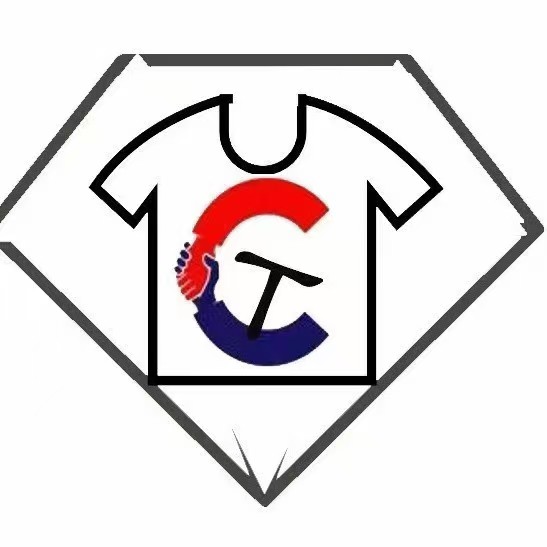European garment factories play a crucial role in the global fashion industry, producing millions of garments each year for consumers around the world. From concept to consumer, these factories are responsible for every step of the production process, ensuring that high-quality, on-trend clothing reaches the hands of eager shoppers. Let’s take a closer look at the operations of European garment factories and how they bring fashion concepts to life.
The journey of a garment starts with the design process, where designers create sketches and concepts for new clothing collections. These designs are then sent to the garment factory, where pattern makers and sample makers work together to turn these ideas into physical garments. This stage of the process is crucial, as it sets the foundation for the entire production run.
Once the samples are approved, the garment factory moves into full-scale production. This involves sourcing materials, cutting fabric, sewing garments, and adding finishing touches like buttons and zippers. European garment factories are known for their high-quality craftsmanship and attention to detail, ensuring that each garment meets the designer’s specifications.
In recent years, there has been a growing emphasis on sustainability and ethical production practices in the fashion industry. European garment factories have responded to this trend by implementing eco-friendly initiatives, such as using organic cotton, recycling fabric scraps, and reducing water and energy consumption. Many factories also prioritize fair labor practices, ensuring that workers are paid fairly and have safe working conditions.
Once the garments are complete, they are shipped to retailers and ultimately to consumers. European garment factories work closely with logistics companies to ensure that products are delivered on time and in good condition. This involves coordinating shipping schedules, tracking inventory, and managing returns and exchanges.
Overall, European garment factories play a crucial role in the fashion industry, bringing designs from concept to consumer. Their dedication to quality, craftsmanship, and sustainability sets them apart from other manufacturers, making them a key player in the global market. As consumers become more conscious of where their clothing comes from, the operations of European garment factories will continue to evolve to meet these changing demands.
